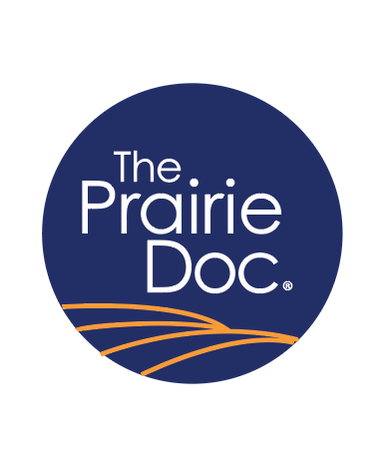Resetting the Internal ClockBy Jill Kruse, D.O.
Daylight savings time has just ended and now everyone has had the chance to “fall back” to standard time. While many people enjoy that extra hour of sleep that comes each fall, 63 percent of Americans say that they would support the elimination of seasonal time changes and there are some health issues to consider. The American Academy of Sleep Medicine also supports this stance due to the sleep disruption that occurs related to this biannual change. Our body has its own internal clock called the circadian rhythm which helps set our internal sleep-wakefulness cycle. This cycle is sensitive to light, especially daylight. It is responsible for the production of melatonin and serotonin in our brain. Melatonin helps synchronize our sleep-wake cycle to our environment. Unfortunately, bright lights and anything with a back lit screen – phone, television, tablet, or computer - suppresses your body’s production of melatonin and can adversely affect your sleep quality. A study completed in 2020 by the National Institutes of Health found that 150,000 Americans experience negative health effects related to daylight savings time changes, mainly with the “spring forward” changes. The four most prominent health conditions with increased risks of occurring in the weeks following the time changes include the following: cardiovascular disease (including increased risk of heart attacks), increased risk of injuries, worsening of mental or behavioral disorders, and flares in immune related diseases. What can you do to minimize your risk? Try to gradually prepare the body by slowly adjusting your sleep cycle before and after the time change to make the change less abrupt. One thing that will help is by slowly changing your bedtime in 15 to 30-minute increments each night until you get to your new desired sleep and wake times. In the hours leading up to bedtime, try to avoid bright lights and anything with a back lit screen. Going outside in natural daylight, especially in the morning, can help reset your internal clock. Light exercise in the morning or afternoon can help lower stress hormones and promote better sleep later that evening. Try to keep a bedtime routine and work to get seven to eight hours of sleep each night. A consistent schedule for when you go to bed and when you get up is much easier on your body and its internal clock. So, after you have changed your smoke detector batteries and reset all your clocks, remember to work on gently helping your body reset its own internal clock with healthy choices. This will help you transition to the new time schedule with ease. Your body will thank you. Jill Kruse, D.O. is part of The Prairie Doc® team of physicians and currently practices family medicine in Brookings, South Dakota. Follow The Prairie Doc® at www.prairiedoc.org and on Facebook featuring On Call with the Prairie Doc® a medical Q&A show celebrating its twentieth season of truthful, tested, and timely medical information, broadcast on SDPB and streaming live on Facebook most Thursdays at 7 p.m. central. Comments are closed.
|
Archives
July 2024
Categories |
 RSS Feed
RSS Feed


